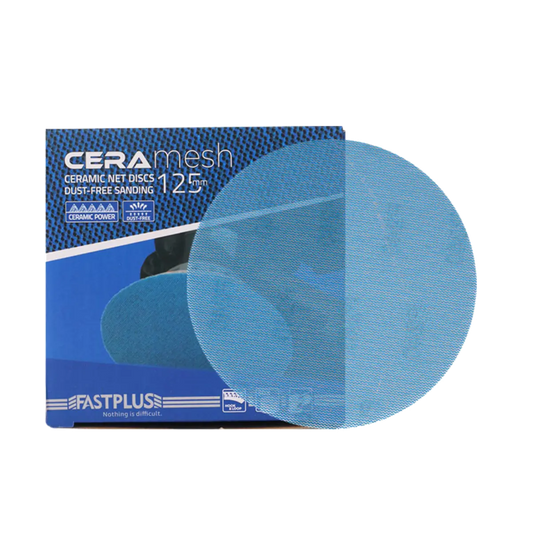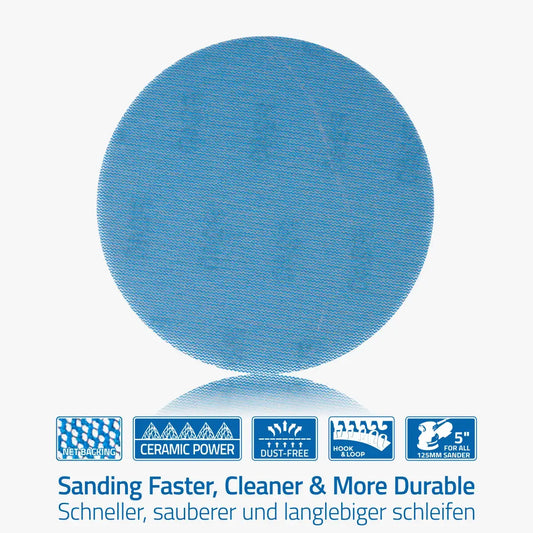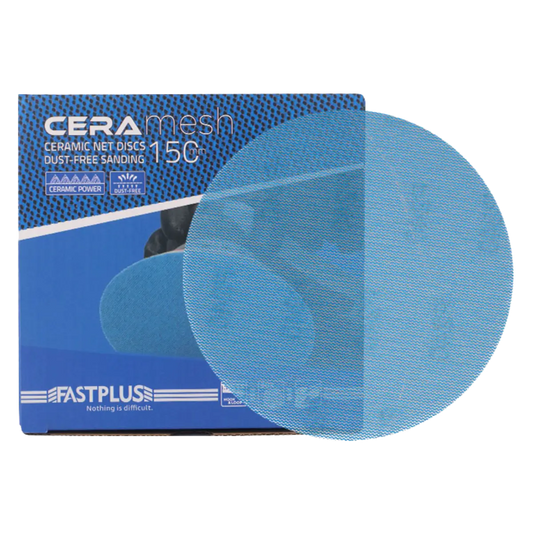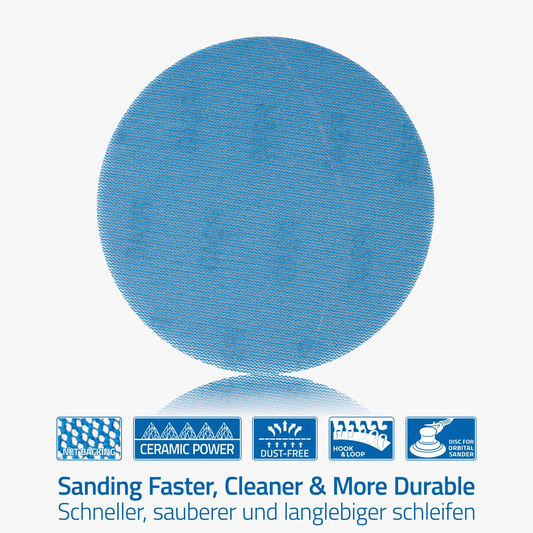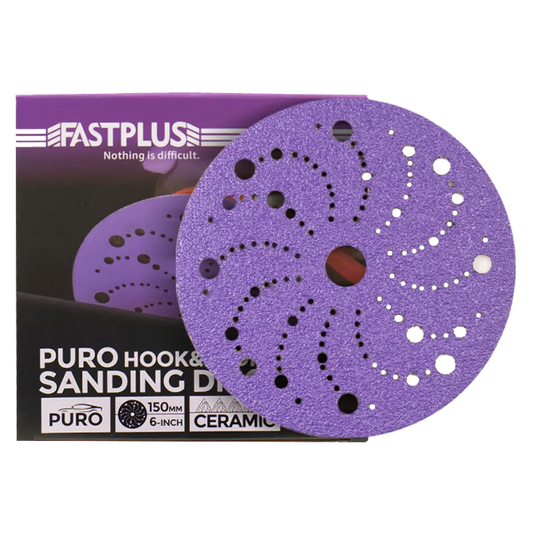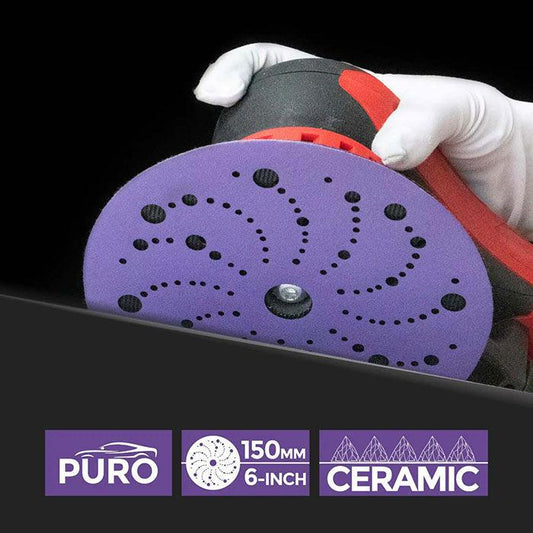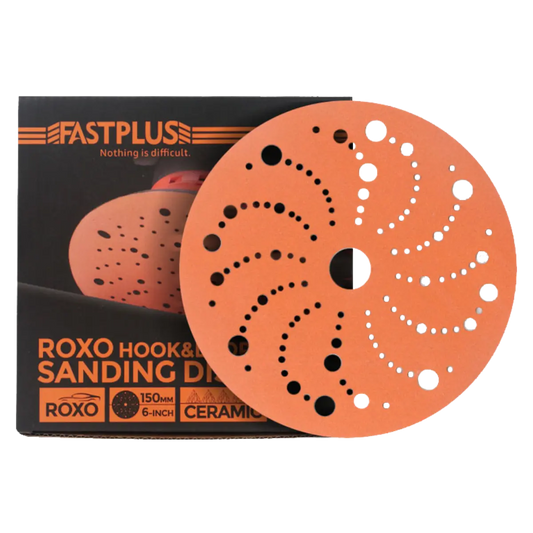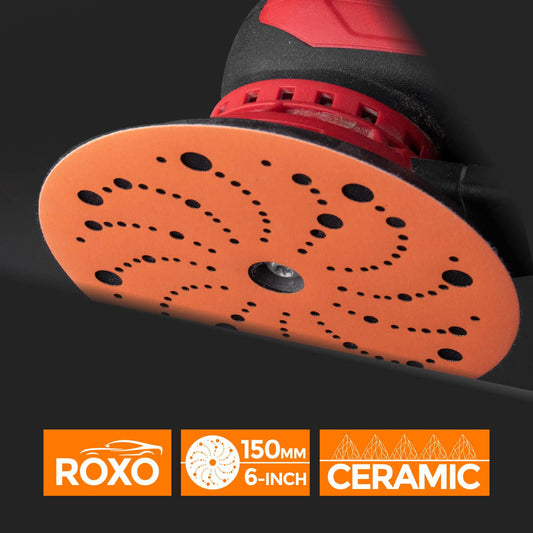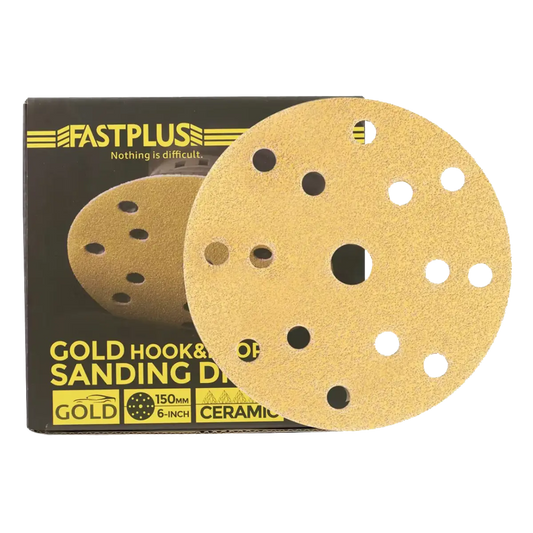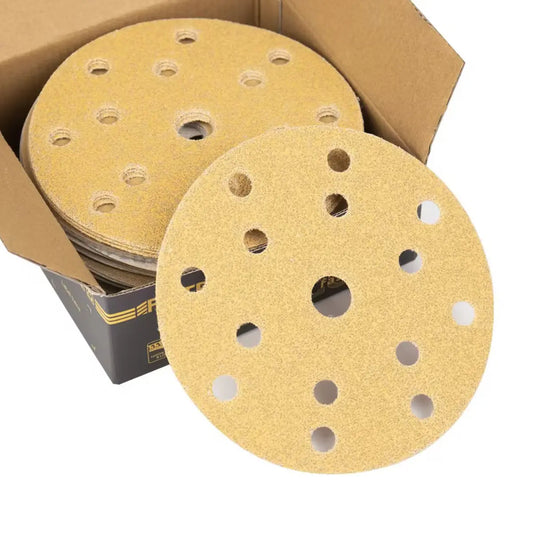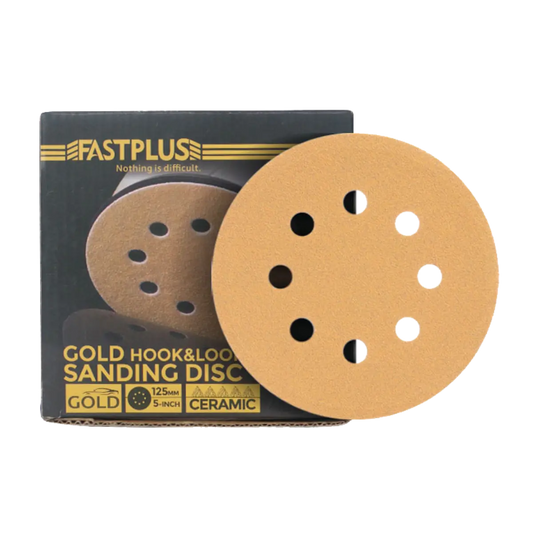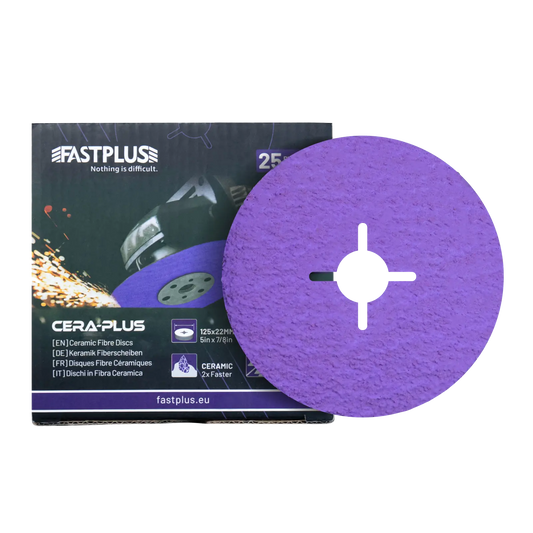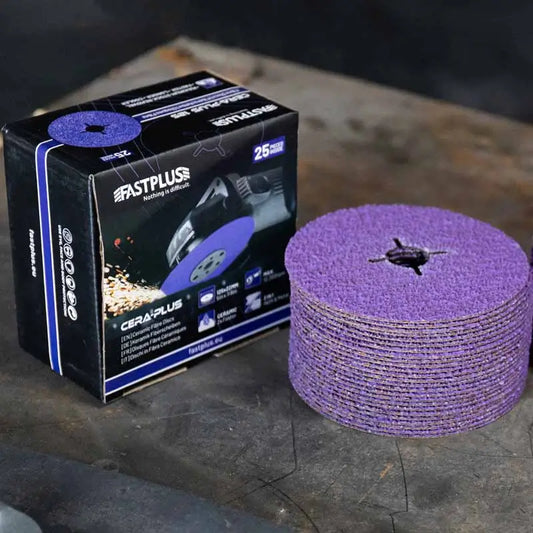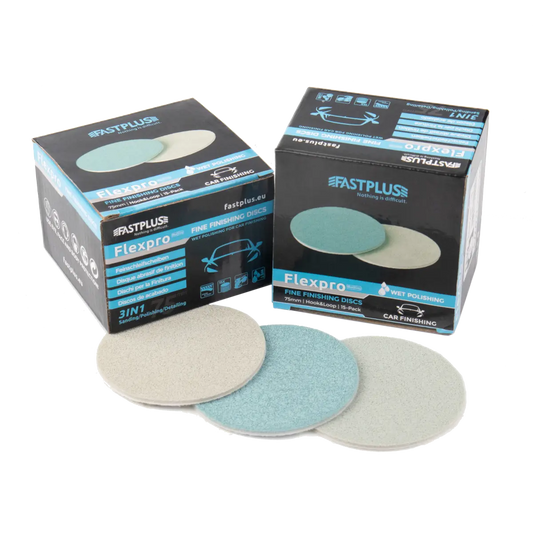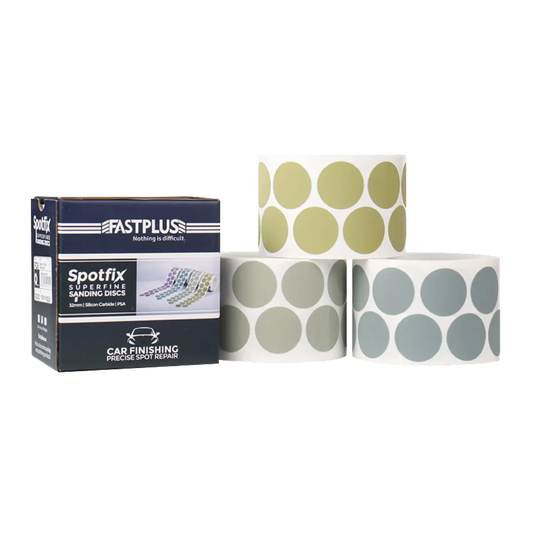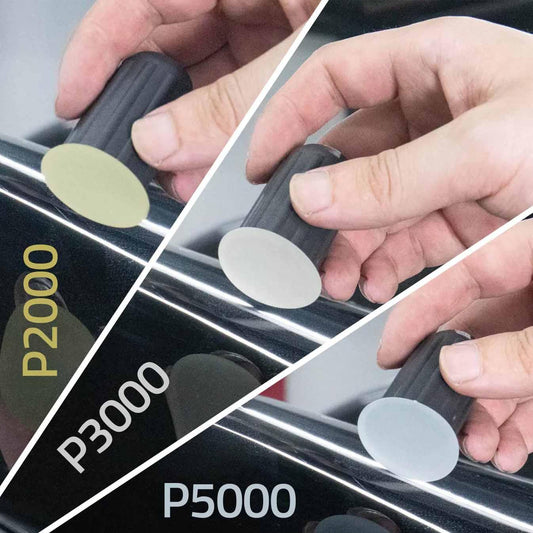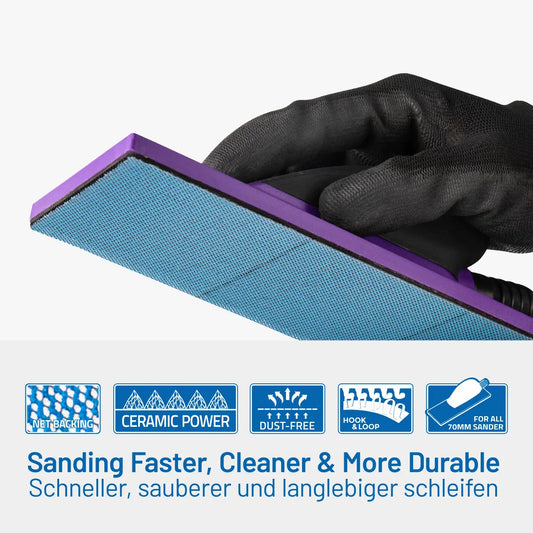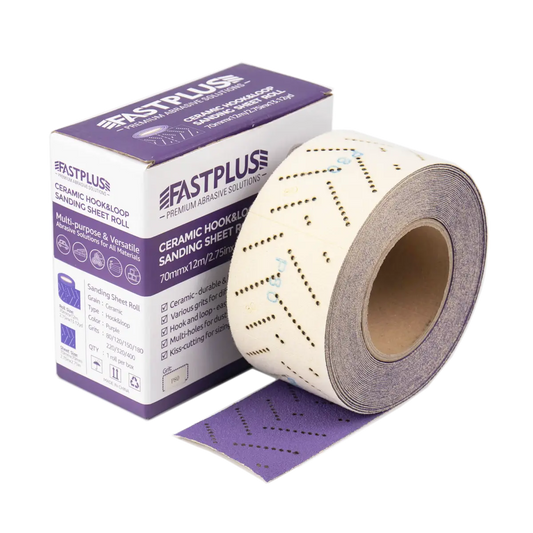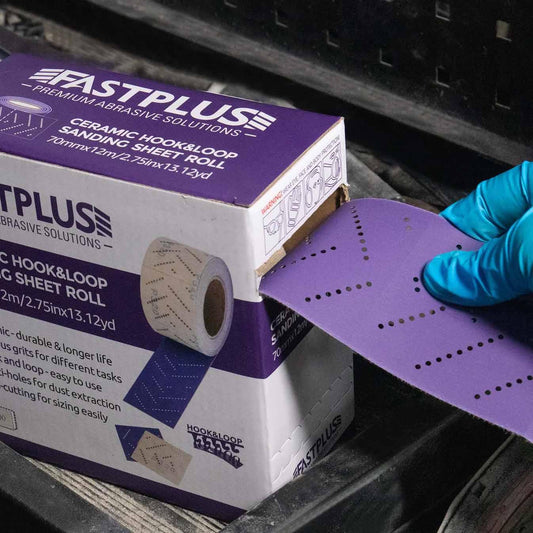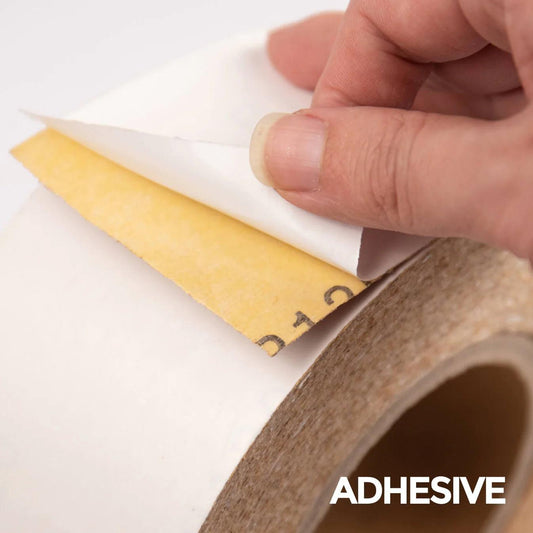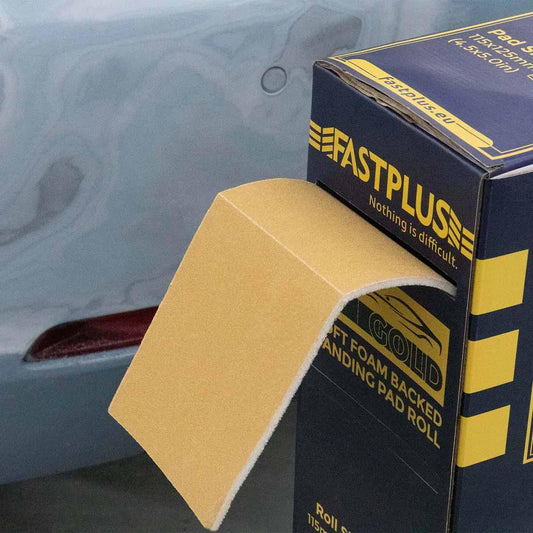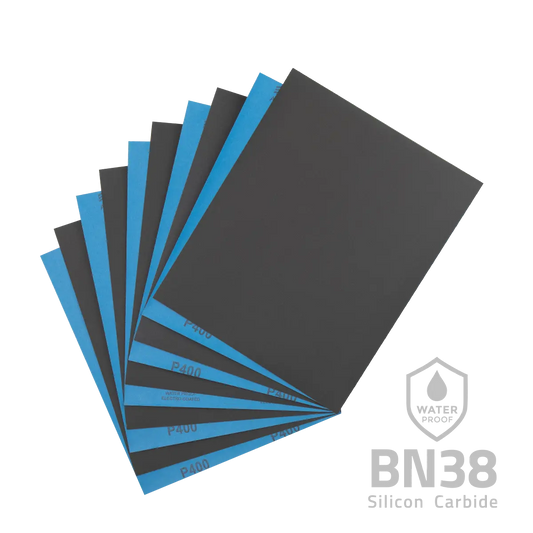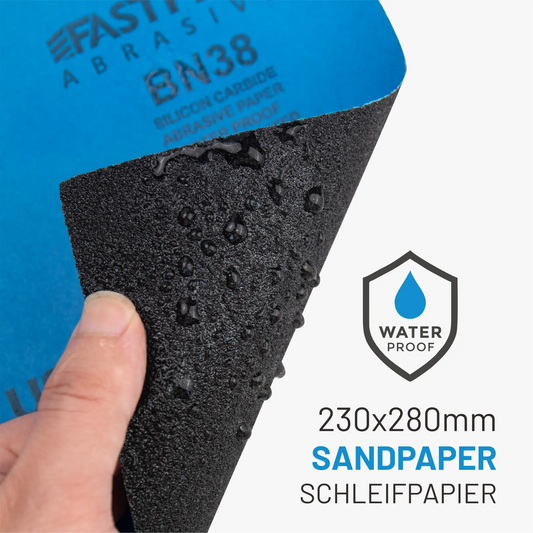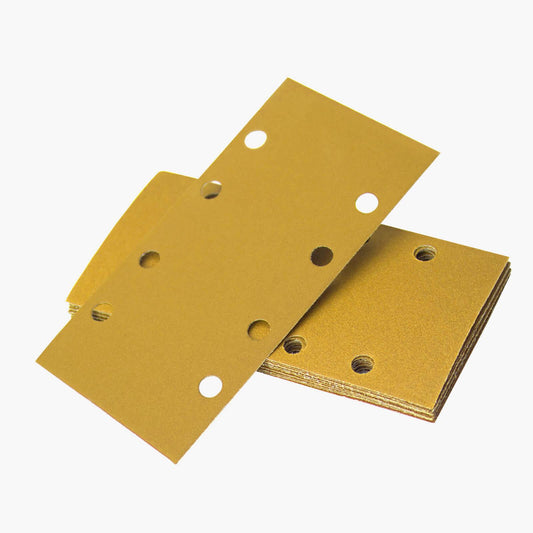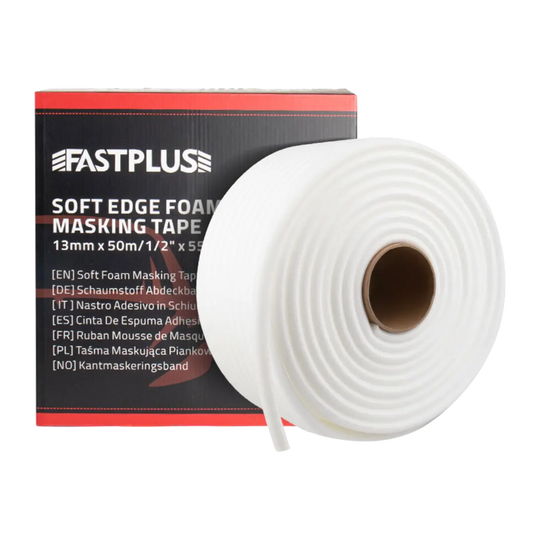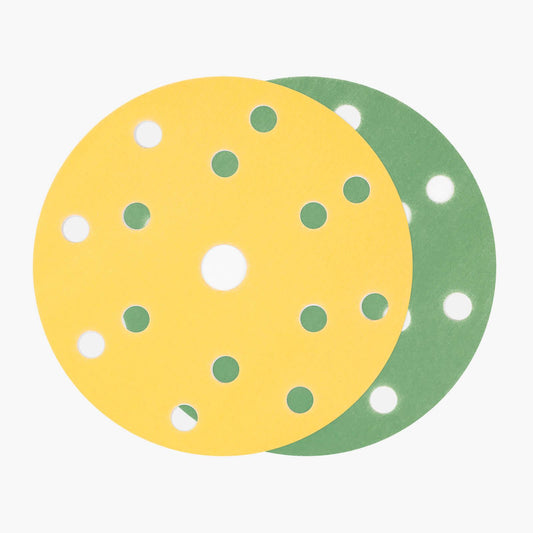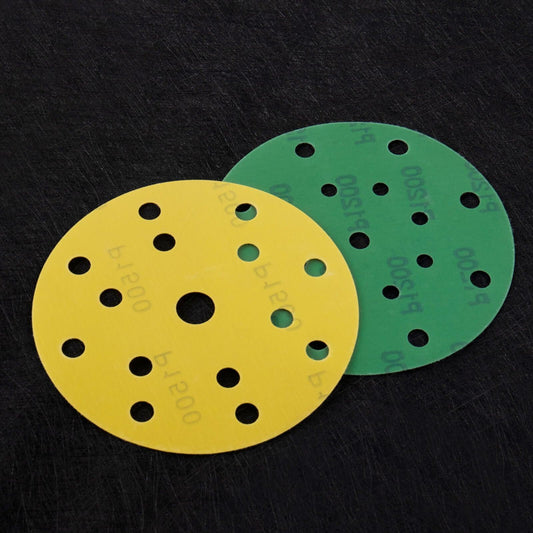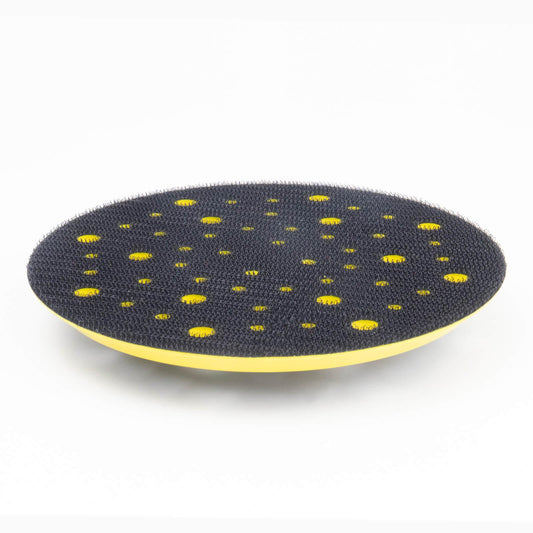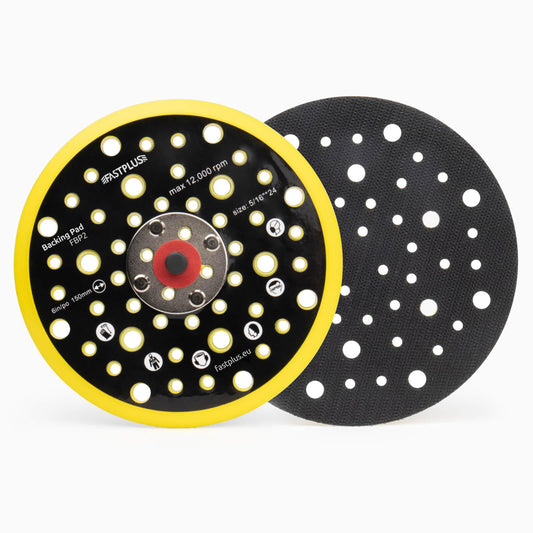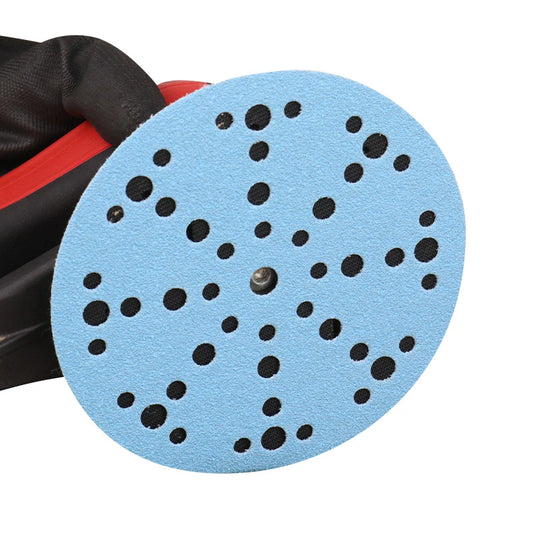
How to Remove Burrs and Sharp Edges from Metal Parts?
Burrs and sharp edges are common byproducts of metalworking processes such as cutting, grinding, drilling, welding, stamping, and CNC machining. These tiny raised edges or rough projections may seem insignificant, but they can create serious problems: poor part fit, reduced coating quality, safety hazards for workers, and premature equipment wear. In modern fabrication, deburring is not an optional step—it is essential for producing safe, functional, and high-quality parts.
Among all the abrasives used for deburring, fiber discs are one of the most efficient, affordable, and versatile options. Whether you are cleaning up laser-cut plates, smoothing weld beads, rounding sharp edges, or preparing parts for powder coating, a high-quality fiber disc can help you remove burrs quickly and consistently.
In this blog, we explain everything you need to know: what burrs are, why they matter, and—most importantly—how to remove burrs and sharp edges from metal parts using fiber discs for the best productivity and finishes.
What Are Burrs and Why Do They Form?

A burr is a small, unwanted piece of material attached to a metal part after machining or cutting. Burrs can appear in three forms:
1. Poisson Burrs
Caused by the material squeezing out due to cutting pressure.
2. Breakout Burrs
Form when the material fractures and leaves jagged edges.
3. Rollover Burrs
The most common type—metal folds over at the cut edge.
These imperfections appear in operations such as:
- Laser cutting
- Plasma cutting
- Saw cutting
- Drilling
- Punching and stamping
- CNC milling
- Grinding and weld preparation
Regardless of how they form, burrs must be removed before the next production step.
Why Removing Burrs and Sharp Edges Matters
High-quality deburring is essential for:
✔ Worker Safety
Sharp edges can cause cuts and injuries.
✔ Better Assembly Fit
Smooth edges ensure components slide and lock correctly.
✔ Improved Welding Quality
Clean edges help produce stronger, smoother welds.
✔ Better Coating and Painting Adhesion
Burrs cause uneven coating thickness and adhesion failure.
✔ Longer Machine Life
Metal particles or sharp edges can damage moving parts.
✔ Professional and Aesthetic Finish
Smooth finishes reflect the quality of your manufacturing process.
Why Fiber Discs Are Ideal for Deburring Metal

Fiber discs are among the most popular choices for edge deburring for four reasons:
1. Aggressive Cutting Ability
Fiber discs—especially ceramic and zirconia—remove material quickly. Their strong abrasive grains can tear down burrs and sharp edges efficiently while maintaining surface consistency.
2. Excellent Heat Dissipation
The vulcanized fiber backing absorbs and releases heat better than many other abrasive types. This reduces the risk of:
- Burning the metal surface
- Rapid grain dulling
- Premature disc wear
3. Affordable and Cost-Effective
Compared with flap discs or grinding wheels, fiber discs offer:
- Lower cost per piece
- Longer life when using premium grain
- Faster cutting per minute of labor
For large-volume finishing, fiber discs are one of the most economical solutions.
4. Flexible but Strong Backing
The fiber backing allows the disc to conform to slightly curved or uneven surfaces, making it excellent for deburring:
- Edges
- Corners
- Contours
- Laser-cut holes
Choosing the Right Fiber Disc for Deburring Metal
To get the best performance when removing burrs, match the disc material and grit to the application.
1. Choose the Right Abrasive Grain
Ceramic Fiber Discs (Best for heavy burrs)
- Extremely hard and sharp grain
- Self-sharpening—stays sharp as it wears
- Best for stainless steel, carbon steel, and alloy steel
- Ideal for heavy burr removal and edge rounding
Zirconia Fiber Discs (General metal deburring)
- Good balance of performance and cost
- Works well on steel and cast iron
- Great for moderate burr removal
Aluminium Oxide Fiber Discs (Light deburring)
- Affordable
- Good for softer metals
- Best for light burrs, blending, and cleaning
2. Select the Correct Grit Size
Grit determines how quickly you cut and how smooth the surface becomes.
| Grit Size | Best Use |
|---|---|
| 24–36 grit | Heavy burrs, sharp edge removal, weld prep |
| 40–60 grit | General deburring, edge smoothing |
| 80–120 grit | Fine deburring, surface finishing, paint prep |
For most burr removal tasks:
Start with 36–40 grit, finish with 60–80 grit.
3. Use High-Quality Backing Pads
A fiber disc must be used with a backing pad. The pad controls:
- Pressure
- Heat
- Material removal rate
- Disc life
Hard backing pads = Fast burr removal
Soft backing pads = Better surface finish, curved edges
For sharp edges, a medium or hard pad works best.
How to Remove Burrs and Sharp Edges Using Fiber Discs
Here is a step-by-step process for achieving fast, clean deburring results with fiber discs.
Step 1: Prepare the Work Area and Tools
You will need:
- Angle grinder (ideally variable speed)
- Fiber discs (ceramic or zirconia recommended)
- Backing pad (medium/hard)
- Clamps or bench vise
- Safety gear: gloves, eye protection, hearing protection
Keep the surface free of oil or dust for more consistent grinding.
Step 2: Choose the Right Disc and Grit
For heavy burrs from laser cutting or sawing, use:
For moderate burrs or sharp edges:
- 60 grit zirconia or ceramic
For finishing the edge:
- 80 grit aluminium oxide or ceramic
Step 3: Clamp the Metal Securely
Movement during grinding causes:
- Uneven deburring
- Excess pressure
- Disc damage
Ensure the piece is firmly locked before starting.
Step 4: Position the Grinder Correctly
Hold the grinder at a 10–15° angle to the metal.
This angle provides:
- Optimal cutting
- Controlled material removal
- Lower heat buildup
Keeping the disc too flat increases friction and burns the disc.
Step 5: Apply Consistent, Moderate Pressure
Let the abrasive do the work.
Too much pressure causes:
- Faster disc wear
- Overheating
- Grooves or scratches on the metal
Use a smooth, sweeping motion along the edge until the burr gradually disappears.
Step 6: Feather the Edges
Once the burr is removed, switch to a finer grit (60–80) and lightly blend the edge.
This helps:
- Remove micro-burrs
- Smooth the corner radius
- Prepare the part for coating or welding
A properly feathered edge also improves corrosion resistance.
Step 7: Inspect and Repeat If Needed
Check for:
- Leftover burrs
- Sharp corners
- Uneven edges
- Heat discoloration
- Surface finish quality
Repeat the process if necessary using lighter pressure.
Tips for Better Deburring Results with Fiber Discs
1. Use a Low to Medium Grinder Speed
Running too fast generates excessive heat and burns the disc.
If possible, use a speed between 5,000–7,000 RPM.
2. Keep the Disc Moving
Staying in one spot creates gouges.
Use smooth, continuous passes.
3. Don’t Tilt the Disc Too Much
Over-angling cuts too aggressively and shortens disc life.
4. Cool the Metal Between Passes
This prevents discoloration and maintains material strength.
5. Match the Disc to the Metal Type
- Ceramic for stainless steel
- Zirconia for carbon steel
- Aluminum oxide for soft metal or general polishing
Common Applications Where Fiber Discs Excel at Deburring

Fiber discs are widely used across industries thanks to their aggressive cutting ability and cost efficiency.
1. Laser-cut Parts
Removing slag, burrs, and sharp corners from steel plates.
2. Weld Preparation
Smoothing edges before joining metal.
3. Metal Fabrication
Deburring punched or saw-cut components.
4. Automotive Workshops
Cleaning edges on brackets, frames, and panels.
5. Shipbuilding & Heavy Industry
Removing heavy scale and burrs on thick steel.
6. Machinery Manufacturing
Deburring machined parts for assembly.
7. Powder Coating Preparation
Ensuring burr-free edges for even coating thickness.
Fiber Discs vs. Other Deburring Methods
Fiber Discs vs. Flap Discs
- Fiber discs remove material faster
- Flap discs give a smoother finish but slower burr removal
- Fiber discs are more cost-effective for heavy burrs
Fiber Discs vs. Grinding Wheels
- Grinding wheels are too aggressive and cause deep scratches
- Fiber discs offer better control and surface quality
Fiber Discs vs. Belt Sanders
- Belt sanders are good for flat surfaces
- Fiber discs are easier for edges, corners, and curved shapes
Final Thoughts:
Fiber discs provide an effective balance of speed, efficiency, and control for removing burrs and smoothing sharp edges on metal parts. By choosing the right grit and applying proper technique, you can achieve clean, safe, and consistent finishes on steel and stainless steel. At FastPlus, our high-performance ceramic fiber discs are designed for long life and reliable cutting, helping workshops and fabrication lines improve productivity while maintaining professional-quality results.


